Introduction
The late British Summer this year, occurring in the first weeks of Autumn, signals the time to travel two-up has arrived. Just before zooming off on the bike with all that rider and pillion can carry, we should reflect on the task. There is a lot to consider. Take time to read this article as it is intended to help rider and pillion to fully understand how to get more joy out of their respective roles..
There is no test for carrying a pillion. The ‘Tell Me’ questions on the UK motorcycle test simply asks you to say what advice you would give to a pillion and how the performance of a motorcycle is affected when carrying a pillion. It’s a test of memory and the rider never has to show their competence in carrying a pillion out on the road. It is something that every rider has to learn by putting a pillion on the back of the bike. No, a crash-test dummy is no substitute. For the rider, it means there is a lot to learn, both with the pillion and from the pillion. I love carrying my pillion and we have ridden thousands of miles together. We’ve had our share of mishaps, so we are well experienced in what goes well and what goes awry. Yes, things have gone wrong and we are still riding together! If you’ve never done it before, leave the luggage at home and ride a few miles to a cafe and stop. Talk about what you found easy and what was a little more challenging. It might not seem like much of a challenge, but take note of how it is different from your solo riding and what was the pillion’s experience.

Riding with a pillion is definitely a different experience to riding solo. For both rider and pillion there is a need to develop patience, tolerate mistakes and mishaps, respect fallibility, learn to forgive quickly and be kind to each other. If the pillion does not ride a motorcycle, they may be anxious about normal bike operations. Expectations, for both rider and pillion may colour how each person sees the experience.
It’s worth examining the rider and pillion’s role in making the riding experience as happy as it can possibly be. Things to consider are the weight, its distribution, how the rider and pillion behave, the traffic, road and weather conditions during the journey. When my pillion and I decided to go travelling we went to the local dealer for a new bike. Walking through the door the pillion spotted a bike saying, “Isn’t that a lovely colour and it has got two boxes. We’ll have that one!” A memorable moment recalled with a smile and as you’ll read, not the best way to choose a bike.
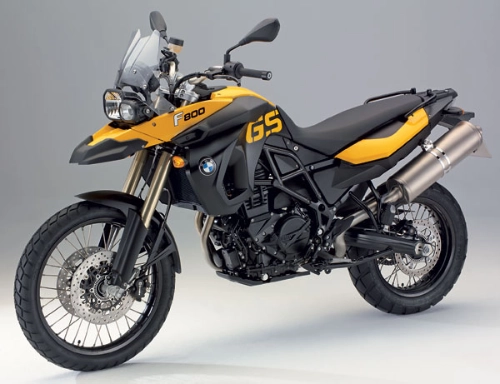
The Rider
The first question a rider has to ask is how often do I ride with a pillion? Up to seeing the ‘lovely colour and two boxes’ I’d never done it before. The bike was perfectly capable of going 2-up touring, but it was a bit tall. Tiptoes and a full luggaged bike don’t go well together. Although I did put 40,000 miles on the bike before swapping it. Stubbornness can be a friend and a handicap when riding.
I now have a belief about a bike and its rider. The bike should fit the rider and the rider should fit the bike. Having ridden a number of different bikes I can honestly say that size and weight matter. It’s easy to get starry-eyed about make, style, colour, function, accessories and performance. Even more true when it comes to buying a bike on which to travel with a pillion.

The bike
So, is the bike really suited to touring 2-up? Does it fit the rider and pillion? Balancing a dry weight 170 kg bike is a lot different to balancing a 260 kg bike. You can strap down all the luggage, but the pillion will move a bit! Fully loaded, my current bike weighs in at 440 kg. This includes rider, pillion, fuel and all luggage.
Even with just a rider and pillion, a bike is going to change its riding characteristics. If possible, the first thing to adjust is the suspension. Leaving the suspension on the default factory setting is likely to provide a very bouncy ride. Bounce will destabilise the bike, usually at the wrong moment. If possible it should be avoided. Check the owner’s manual, or search the internet. I’ve learned many things by watching YouTube.
Five things change when you mount a pillion. Acceleration, steering, manoeuvring, braking and stopping distance. With the extra load, acceleration is likely to be slower and sluggish. The wiz off the line is more likely to be a slower wiz or even a crawl. Depending on the extent to which the adjusted suspension compensates, steering may feel lighter as the rear sags slightly. With good suspension it should hardly be noticeable, but some bikes suffer worse than others. Remember what was said about the bike fitting the rider. This includes rider and pillion. So, if you are going to carry a pillion, then take the pillion to the showroom. It really makes heads turn when you both mount the bike and bounce to check the suspension.
Even if the suspension compensates well for changes in the steering geometry, manoeuvring the bike with a pillion will be different. Bikes often topple over more readily when the rider has a pillion. We fell over three times in one day! There is an art to picking up a fully loaded bike. Stopping where there is an unseen depression, tight turns to go back to a missed turning, hairpin bends, kerb-side gravel, etc, all provide interesting challenges. The key for all these situations is: be alert, set up early, control speed, consistent, steady progress and use only the back brake. It’s no sin to dismount and turn the bike around before remounting. We found out this was important when we attempted a u-turn facing uphill. The bike went over just as two police officers came past. Everything was fine and the broken indicator was fixed with superglue.
With a pillion it takes longer for the bike to stop. The key is to remember ‘time’ and ‘space’. You need time to decide how and when to start and end braking. You need sufficient space to avoid hitting anything.
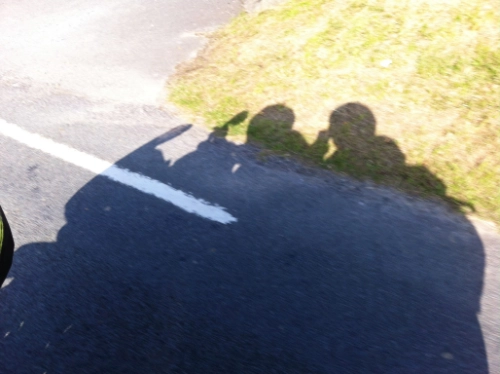
When starting to ride together, it can be helpful to find an empty car park. Practice getting on and off the bike. The rider should signal when the pillion can get on and off the bike. My pillion’s hip replacement means they get on first. Prior to the added metal they happily put one hand on the rider’s shoulder, the other hand on the top box, stepped on the near-side peg, stepped up and swung the trailing leg over the seat. It was ballet, smooth and graceful. Dismounting, using the same procedure in reverse, the pillion simply does an impression of a graceful swan. Just sitting on the bike to judge the point of balance can be very helpful. Riding up and down the car park, dismounting and mounting a couple of times definitely builds confidence.
Moving off needs to be slow and steady. Sudden acceleration can destabilise everything. Warning the pillion before making controlled, steady and smooth progress keeps everything balanced. Filtering, legal in the UK, can be disconcerting to a pillion who has not experienced it before. Give them the job of offering an appreciative wave to drivers who make room for us to pass. It adds a lot of smiles to the journey. It still amazes me to see how many riders sit in traffic, sucking up exhaust fumes inside the helmet. Filtering through traffic reduces both pollution and congestion. Even after riding 1000s of miles my pillion is, rightly, still slightly anxious when moving between lines of vehicles. By slowly and steadily progressing through traffic, we have saved many hours of congestion and reduced our journey times.
The rider has a BIG responsibility for ensuring the safety of a pillion. Both have different jobs to do on a bike, so understanding, respect, tolerance and kindness are vital in this riding relationship. Yes, I quickly found out that, when riding, I was a partner, not a boss. It makes for being a better partner off the bike too!
The rider needs an even more acute situational awareness. Scanning ahead, predicting what might happen, anticipating how to respond, with enough time and space to act. The rider has to manage obvious hazards, such as traffic, potholes, bumps, corners, junctions and roundabouts. The rider also needs a sixth sense about what can’t be seen and what might happen. This is even more important when taking responsibility for another travelling soul. We were travelling down a country road. Rounding a blind corner there was a huge tree right across the road. We got past the tree, but expect the unexpected and it will be a memorable tale to tell.
It’s a big job managing the bike, the road and pillion. Body language, fidgeting, sudden movements, leg stretching, lifting off the seat, can all be clues to an unhappy pillion. It might be time to stop and have some fun!
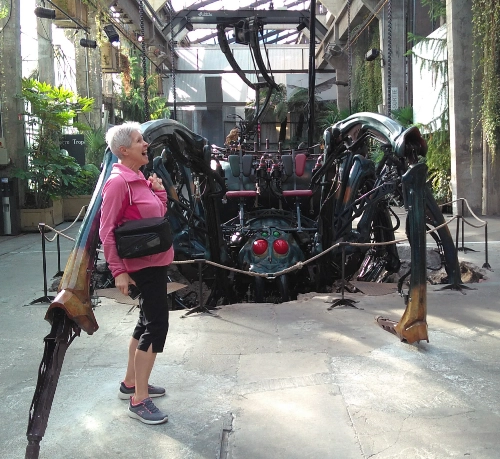
The Pillion
If you’ve never ridden as a pillion before, you are in for a real treat. It’s nothing like riding a bicycle, horse, car, or any other form of transport. It is thrilling and a little scary, but put on your bravery helmet and give it a go. The excitement and sense of freedom isn’t found in any other form of transport. To begin, the pillion has a job to do. It makes the journey more interesting and ensures that you feel part of the riding experience, not simply a passenger.
Before you ride as a pillion, make sure that you have good quality riding gear. Good, CE marked, riding gear will prevent most problems if things go awry. Before you consider stepping onto a bike ask yourself: Do I trust this rider? Are they fit to ride? Do they know what is legal and responsible when carrying a pillion? Does the bike look up to the task? Trust your instincts. If anything feels off, choose another bike and rider. What about you? Are you fit to ride? It’s OK to be nervous, but you shouldn’t feel paralysed with fear. There is always another day.
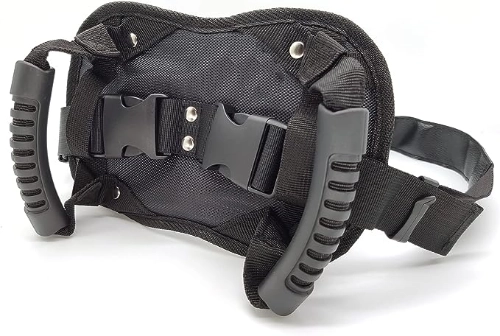
Make sure that you are happy about getting on and off the bike. Do you know where to put your feet, how to balance yourself and how to hold on? Pay particular attention to posture, position, balance, holding on, movement and using the footpegs. Holding on can either be via a strap on the seat, handrails at the side, or handles (Grips) on a belt around the rider’s waist. When we first started riding together, the pillion used Grips, but now uses the hand rails on the back of the bike. You have to feel comfortable. If it feels strange at first, you will quickly get used to the pillion seat and call it your own. You have a very important job to do.
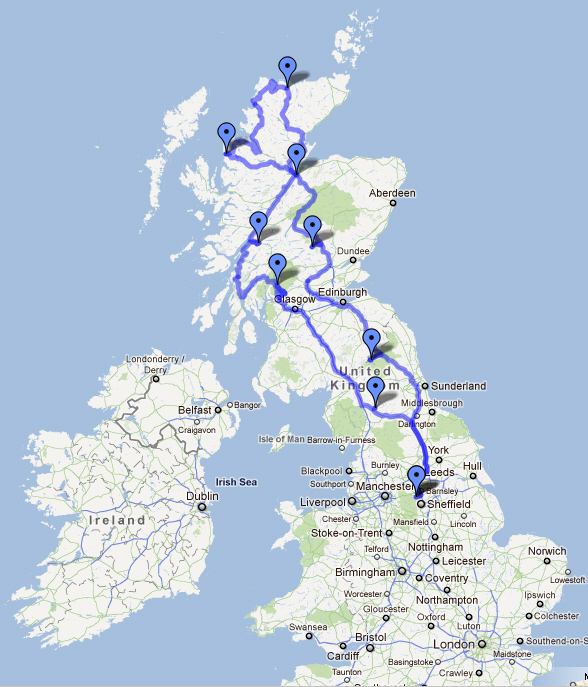
15 years ago, I got three weeks of earache when I told my pillion I was going to get back into biking. After the first 1,200-mile trip they were hooked. Deciding destinations, organising accommodation, determining when to stop and any other off-bike arrangements. The pillion is also the first to say…’I really fancy going to…’ The thrill of riding, the experience of visiting new places and making new friends makes for a very exciting life.
Time to get to work. Staying in touch, either with agreed hand signals or a comms unit is a great way to make the ride both interesting and safer. We use UClear comms units. They are boomless (no microphone inside the helmet) and have very clear sound at speed. Navigation instructions are fed from the sat nav to the pillion. The rider can still see the display and having the pillion hear the instructions cuts down on any anxiety about changes of direction. The pillion chooses the destination, but the rider chooses the route. Off-road diversions are not advised.
As a pillion you are in the perfect position to help with four things. Two pairs of eyes are better than one. By staying in touch you might see dangers/threats the rider has missed, paying tolls and paying for fuel whilst the rider checks and manages the bike. The conversations the rider hears at the kiosk are fascinating. Finally, over-the-helmet photographs are a great way to record your adventures. We have ours printed up onto window blinds and are great conversation pieces. The pillion will see much more than the rider. Countryside views, places of interest and most importantly spotting the next coffee/food stop signs.

Spending time apart to follow your own interests means that both pillion and rider can be their own person. My pillion likes walking more than I do. I like reading, writing and planning the annual photograph album. Visitors and grandchildren pull the photo books from the shelves and we get to live the whole riding adventure again. Both rider and pillion often have different perspectives on the trip. It’s such story-telling that keeps us riding more miles.

Conclusion
Two-up riding is a great way to see the world. Definitely less sweaty than the back of a tandem bicycle. It provides a bond that will not be understood, or appreciated, by those who do not ride. Time to ask the pillion where we are going next!


